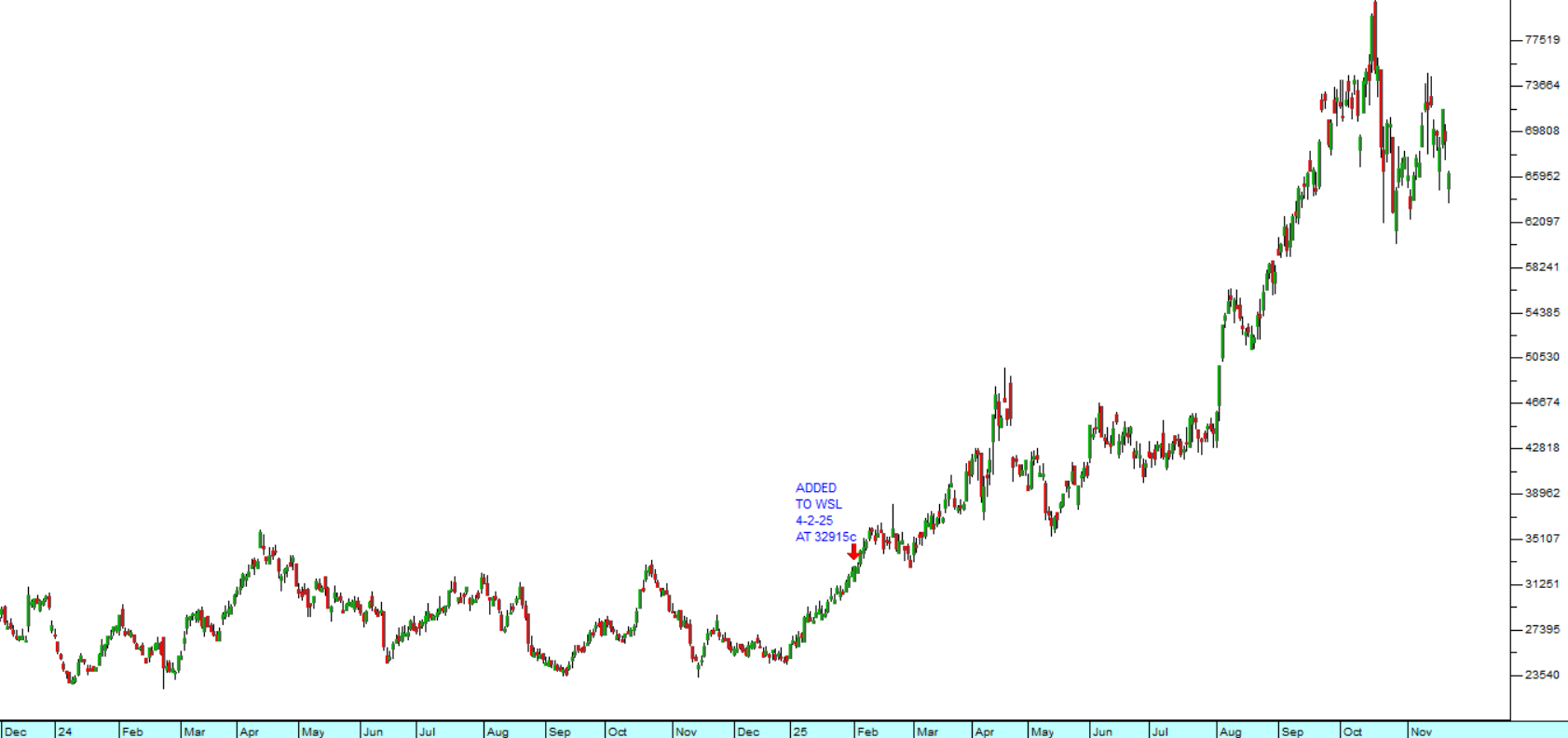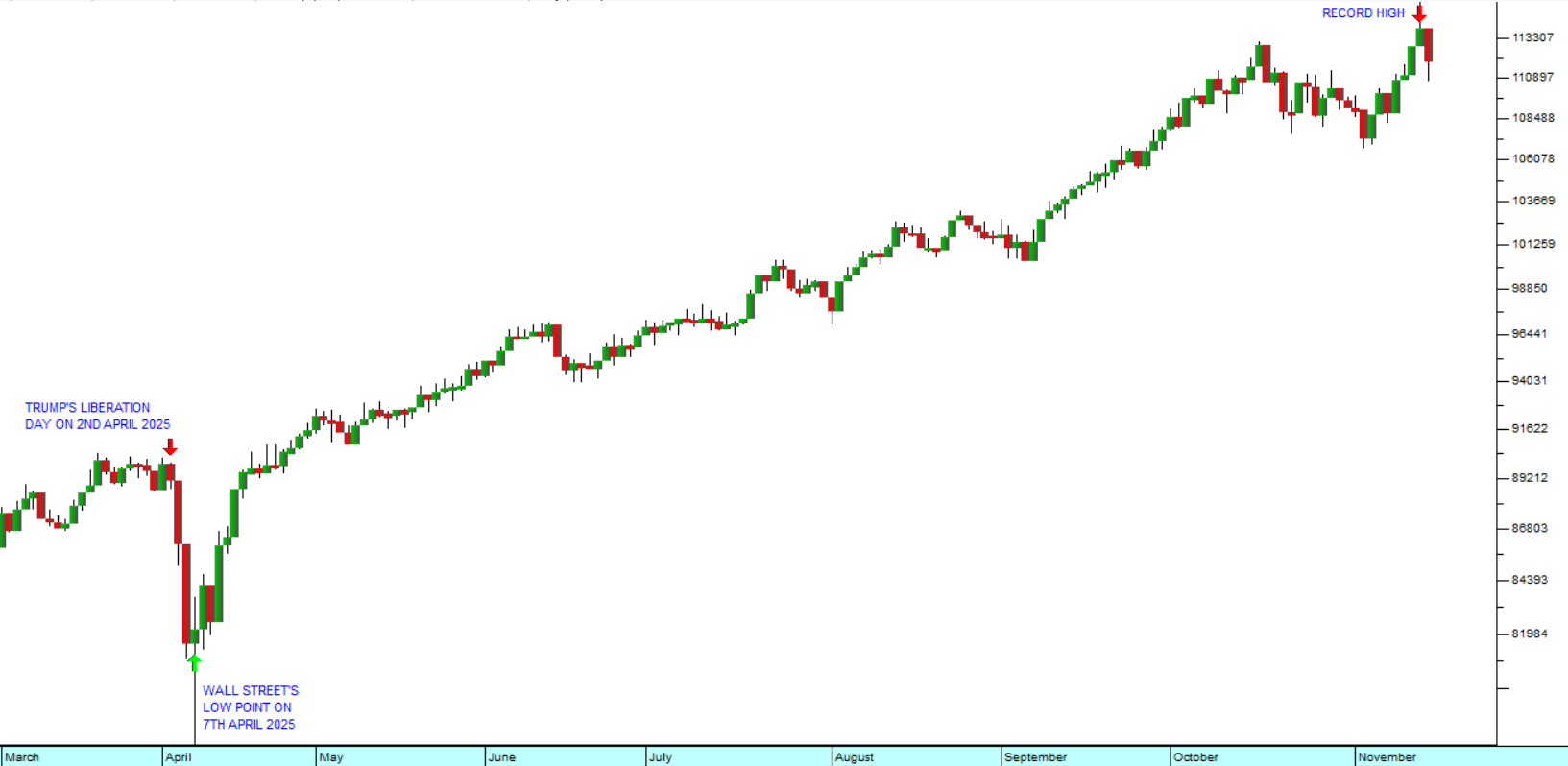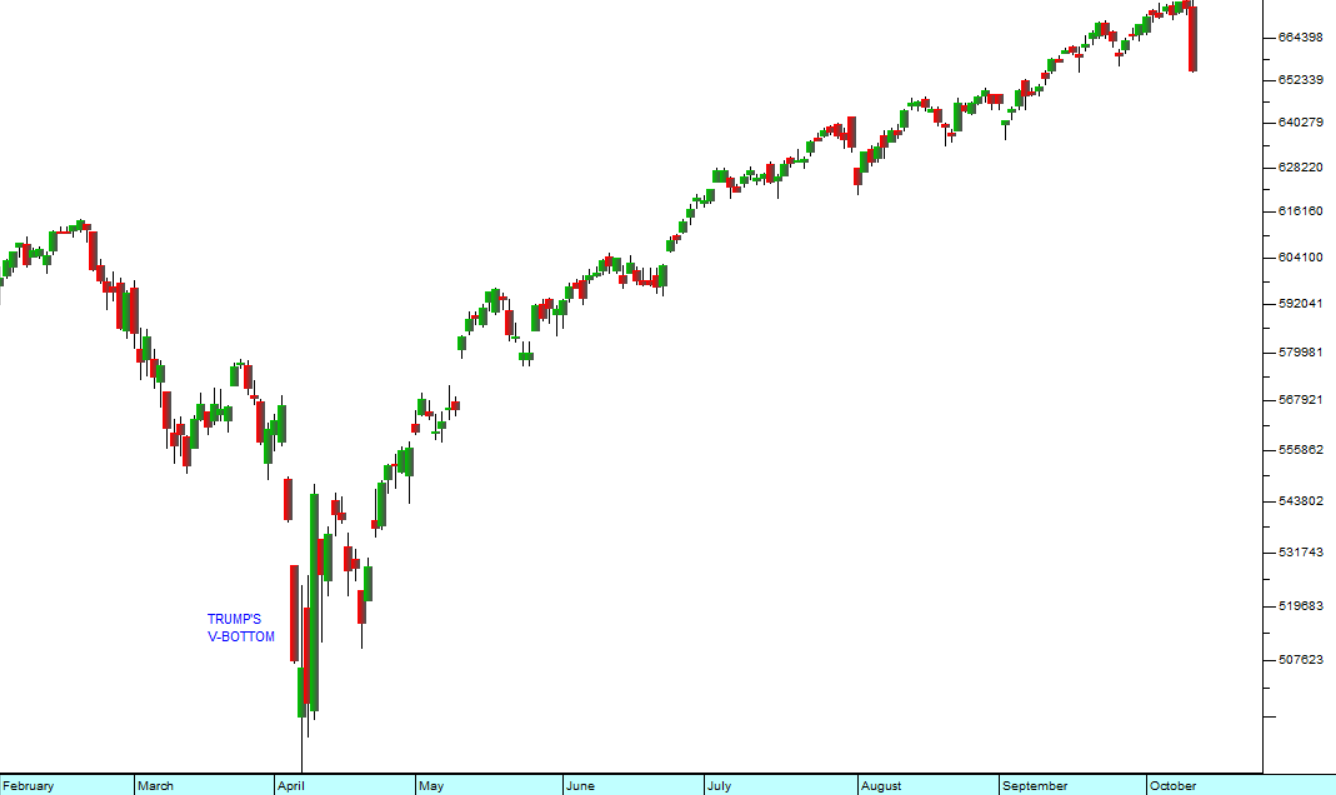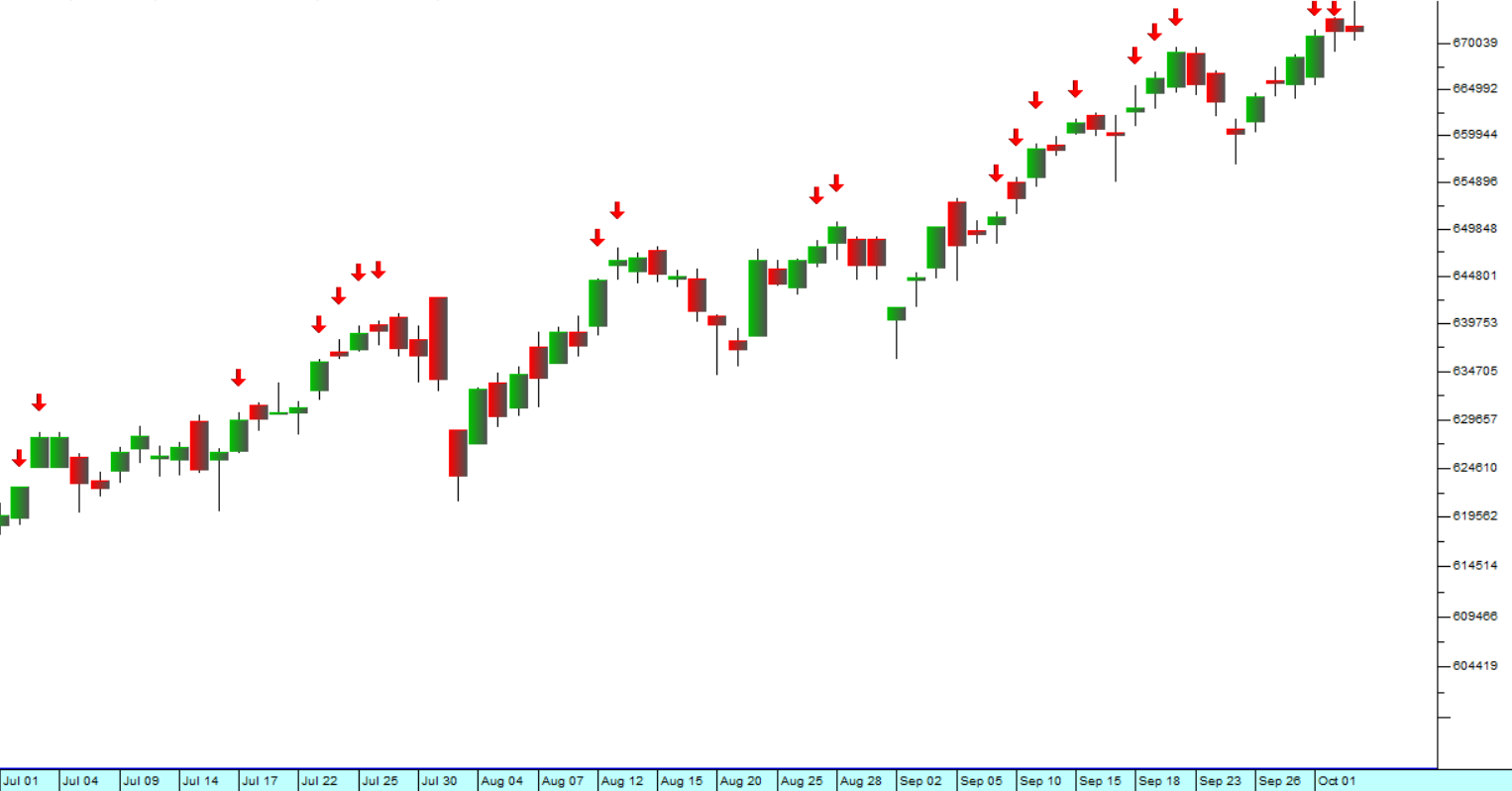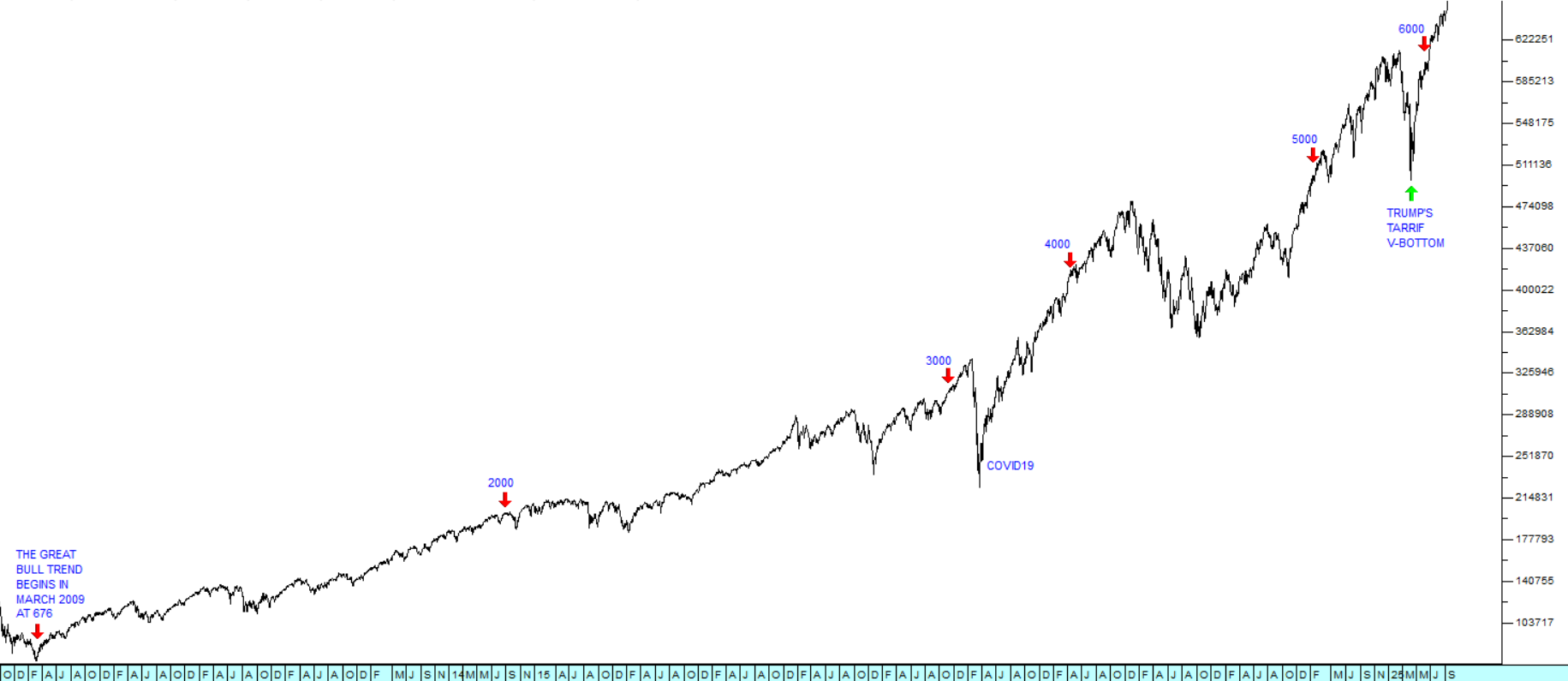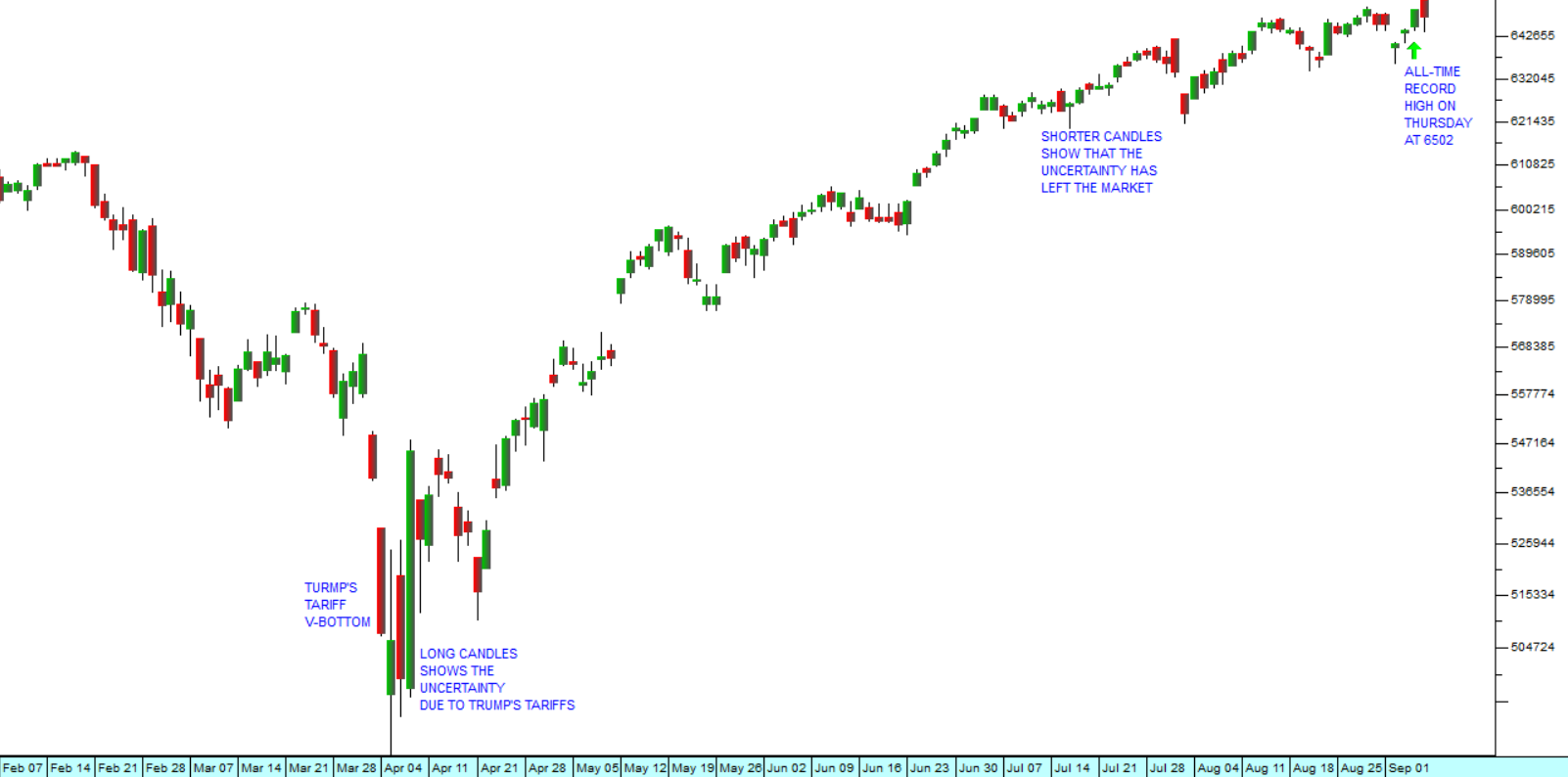The Debtors' Book
23 June 2025 By PDSNETA BIT OF HISTORY
Many years ago, in 1982 when I started this business (which became “PDSnet”), I ran advertisements in both the Rand Daily Mail (RDM) and in the Star – which were the two most widely read newspapers in Johannesburg at the time. At that time, we were a very small business and had no credit rating at all. Despite this the RDM immediately gave us an account and invoiced us every month for the outstanding amount. In the end it took them 180 days before they finally collected what we owed them for that advertisement.
The Star, on the other hand, insisted that we pay for our advertisements in advance before they would print them. A little while later (in 1985) the RDM went into liquidation – while the Star is still being published today more than 40 years later. The RDM’s demise was at least partly due to the mismanagement of its working capital, and especially its debtors’ book. This example shows that the management and control of a company’s debtors (often called “accounts receivable”) can have a direct impact on its survival.
A key element of any business’s success is the management of its working capital. Working capital is the money which is tied up in the business and is defined as:
Debtors + Stock – Creditors
Most companies have at least some level of capital tied up in the workings of their business and how they manage it can give the private investor an important insight into the quality of management and the health of the company. Working capital is usually funded by the company’s overdraft and so costs the business overdraft interest rates. For this reason, management should always be trying to keep working capital to a minimum.
At the same time, a company’s debtors are also its customers. This means that their debt arose because they bought the company’s products and most of them are probably long-standing customers who buy regularly and so help to sustain the business. They are simply taking advantage of the fact that business typically allows customers credit for normal commercial periods of 30, 60 or even 90 days.
In a well-managed credit department, the manager is aware of the status of every debtor. He or she knows how much is outstanding on each account and exactly when it is due to be paid. As a credit manager, it is very important to begin chasing your debtors as soon as the debt become due – but not before. If you chase them before the debt is due, then you may upset them and cause them to change suppliers to another company which is not so aggressive.
Having said that, if customers find that they can get away with paying late, they will take advantage of that and gradually pay later and later. It is a well-known fact that, if a person or a company is in financial difficulty, they will always pay those of their creditors who ask for or demand payment first. Those creditors who do not ask for payment when it is due are likely to be the last to be paid and some of those debts will end up becoming bad debts.
Every company that runs a debtors’ book makes a provision for bad debts based on its past experience. Thus, for example a company with a debtors’ book of R10 million may know from experience that roughly 3% of those debts will become bad debts and have to be written off - so they provide for that in their financial statements.
When you are assessing a company’s financial health you should always look to see if their debtors’ book is getting larger, and especially if it is taking them longer to collect. This can be done with the debtors’ days outstanding ratio. This ratio can be simply calculated by dividing the company’s debtors by its sales (or revenue) and then multiplying the result by 365. This will give you the average number of days that it took for the company to collect its debt in any financial period. If the number of days is increasing, then it shows that the management of its debtors book is deteriorating – and vice versa.
AN EXAMPLE
If you were looking at Brikor (BIK) you would see that the management of their debtors’ book improved dramatically from 2024 to 2025. In 2024 they had revenue of R350,5m while their Trade and other Receivables (Debtors) was R35m – so this meant that on average it was taking them 36,44 days (35/350,5 X 365) to collect the money owed to them. In 2025 the company’s revenue was R380,7m and their Trade and Other Receivables balance was 20,3m – so that gave them a debtors’ days outstanding of 19,5 days.
The management of Brikor’s debtors’ book is critical to the survival of their business. They have to give customers between 30 and 90 days credit and they are a small business manufacturing bricks, so they have considerable working capital and operate in a very competitive industry. The improvement in the management of their debtors’ book considerably reduces the risk of investing in the company’s shares and may make them a good investment at some point in the future. Right now, they are a thinly-traded penny stock which is operating at or just below break-even.
ANOTHER EXAMPLE
A rather more complicated example is that of Lewis (LEW). This company sells furniture and white goods to the lower income groups usually on credit. Their credit terms of allow customers to pay off their debt over 12 months or longer.
In 2024 the company had debtors of R4483,2m and its merchandise sales were R4652,7m so its debtors’ days outstanding was an average of 351,7 days. In 2025 the company had debtors of R5162m and sales of 5080,6m giving it an average outstanding period of 370,8 days.
A major difference between Lewis and Brikor, is that Lewis charges its customers interest on their outstanding balances whereas Brikor cannot. So, the worsening of Lewis' debtors’ days outstanding ratio shows that the financing side business is growing and becoming more profitable.
DISCLAIMER
All information and data contained within the PDSnet Articles is for informational purposes only. PDSnet makes no representations as to the accuracy, completeness, suitability, or validity, of any information, and shall not be liable for any errors, omissions, or any losses, injuries, or damages arising from its display or use. Information in the PDSnet Articles are based on the author’s opinion and experience and should not be considered professional financial investment advice. The ideas and strategies should never be used without first assessing your own personal and financial situation, or without consulting a financial professional. Thoughts and opinions will also change from time to time as more information is accumulated. PDSnet reserves the right to delete any comment or opinion for any reason.
Share this article:
